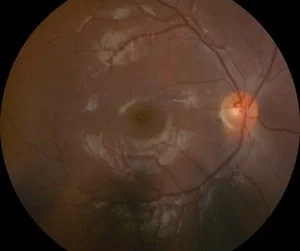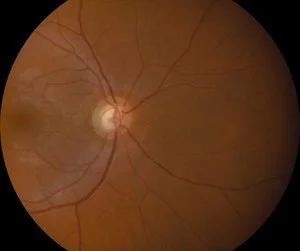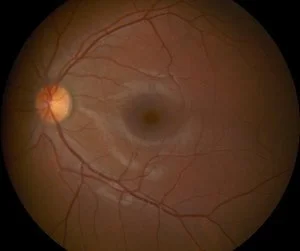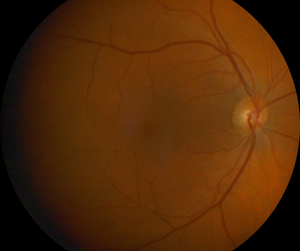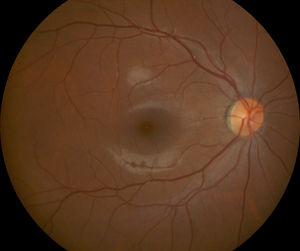A Retinal Photo is Worth a Thousand Words
Retinal Imaging Offers a Better View and Early Detection
Sunshine Optometry is very excited to announce a new and highly sophisticated instrument that allows the doctor to provide a superior medical analysis of your eyes. The new digital retinal camera takes high resolution photographs of your retina. The painless procedure assists the doctor in the early detection of many disorders including glaucoma, hypertension, diabetes, macular degeneration, retinal detachments, and many more vision threatening conditions. We are very excited about the results of this new technology and highly recommend retinal imaging as a part of every eye exam.
What are the Benefits of a Retinal Photo?
A Piece of History
Just like any photograph, a retinal photo captures a moment in time. The reason this is so helpful is because a photo can be used as a point of comparison for future examinations. Photos can be used in a side-by-side comparison every year to detect and monitor subtle changes that may be occurring in your eyes.
Retinal photographs are also an invaluable educational tool
Retinal photographs are also an invaluable educational tool that can help your eye doctor to better explain the state of your health and well being. By reviewing your images with your doctor, they can point out changes or areas to observe and also explain treatment options. Another age-old saying is that knowledge is power, so the more educated you are about eye health, the better you’ll understand what is being recommended to you and why it’s important. See more examples below and talk to your eye doctor to review the health of your eyes.
Below are some examples of healthy retinal photos
Here are just some of the diseases retinal imaging can a doctor notice or see more closely:
Age-related Macular Degeneration
Macular degeneration is usually signified by leaking of fluid or bleeding in the back of the eye. This causes central vision loss.
Cancer
A dark spot at the back of the eye may signal a melanoma, which can grow unnoticed within the retina. If caught early, melanomas can be treated before they cause serious damage and travel to other areas of the body through the bloodstream.
Diabetic Retinopathy
Diabetes can cause changes in the blood vessels of the retina, like swelling and leakage or the creation of new blood vessels. Blindness can result without early detection.
Glaucoma
Pressure against the optic nerve and compression of the eye’s blood vessels may indicate glaucoma. This disease causes permanent and irreversible vision loss.
Hypertension (High Blood Pressure)
Signs of high blood pressure often appear first in the eye. Indicators can include narrowing of the blood vessels, spots on the retina, or bleeding in the back of the eye.
Retinal Detachment
Retinas can lift or pull away from the wall of the eye. If not properly treated, this can cause permanent vision loss.

